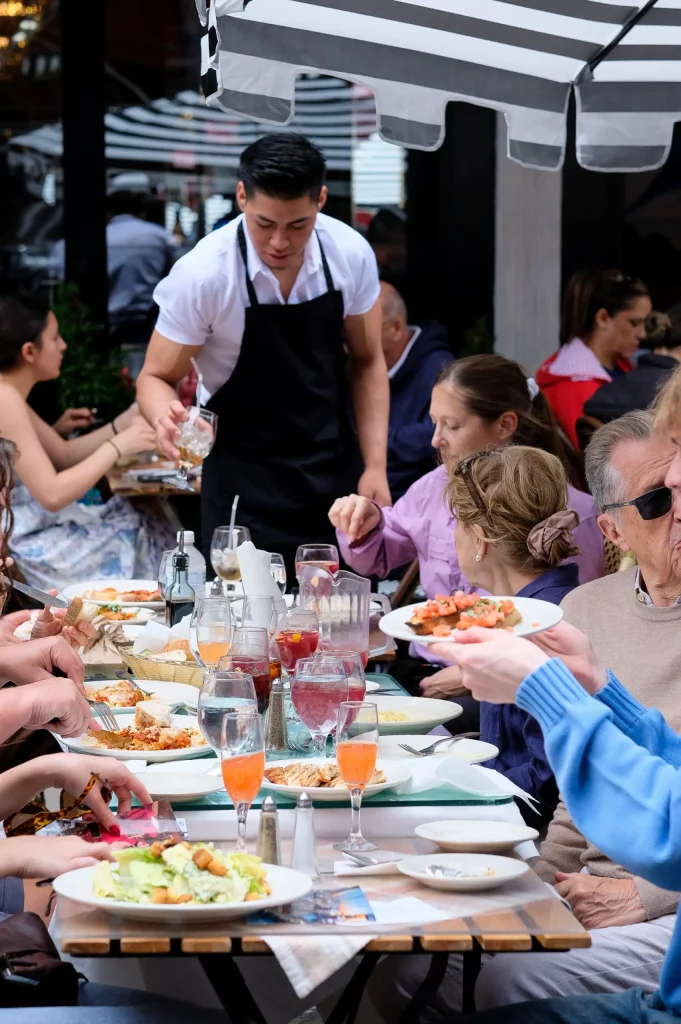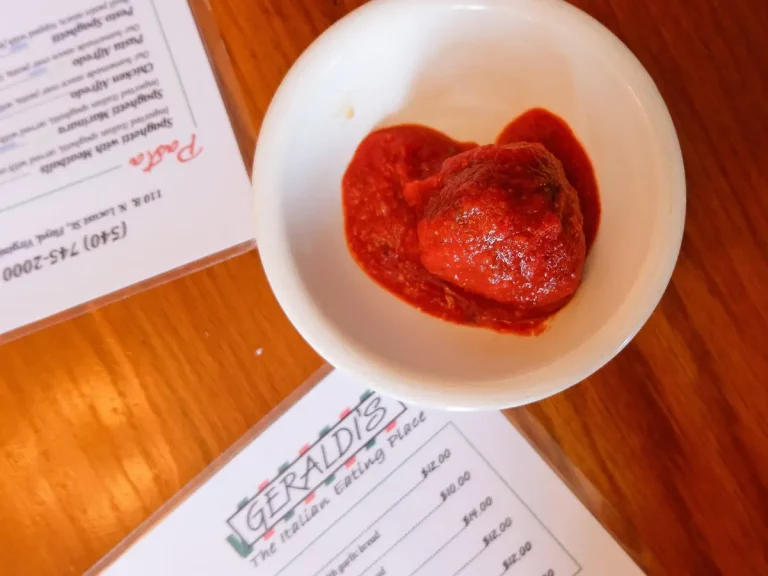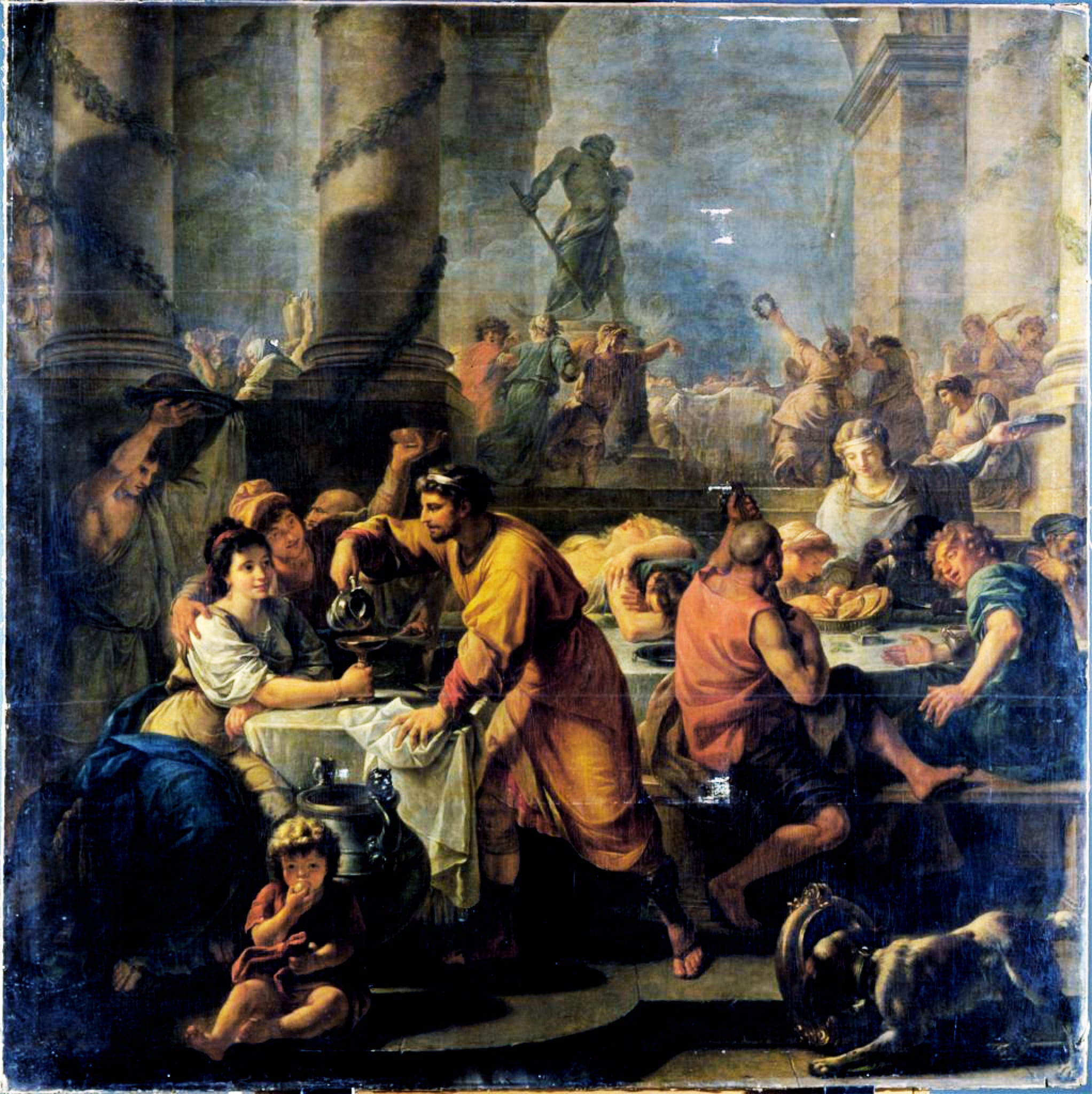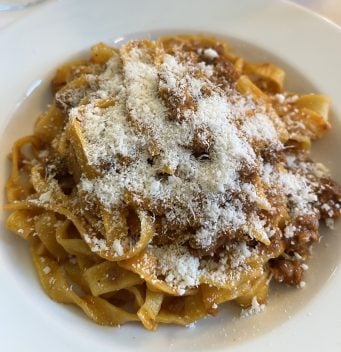by Sonia Ricci
There’s a lot of nose-turning when it comes to Italian cuisine abroad, and even more snobbery when that cuisine is prepared in the United States. And yet, the cuisine of our overseas migrants — who arrived en masse in the twentieth century on the shores of North America, many of them through the rigorous medical and bureaucratic checks of Ellis Island in New York — deserves just as much respect as any other culinary tradition.
Italian-American cuisine is not Italian cuisine. Rather, it is a branch, a variation, an adaptation. More than that: it’s a style of Italian cooking created over decades by emigrants and their descendants who inevitably had to adapt to a new context, using whatever ingredients were available and catering to the tastes of a vast, unfamiliar country. While the small stretch of road that today makes up Little Italy in New York (long diminished by the growth of Chinatown) has filled up with tourist traps that have very little that’s truly Italian about them, there are still small local gems that tell the more genuine story of how our cuisine became Americanised (I wrote about it here).

One of the restaurants in Little Italy in New York, photo by Sonia Ricci.
From Virginia with love
In a small village in the woods of Virginia, for example, there’s a piece of Italy’s heart. Before you even order, Albert brings a meatball to your table with two little forks to dip into the ball soaked in sauce — he wants you to taste his mother Agostina’s recipe. There are fewer and fewer places like this in America. Albert is 87 years old and has been running Geraldi’s, the little restaurant that bears his surname, in Floyd — a tiny town of 400 residents — for the past sixteen years. He doesn’t speak Italian, but he feels deeply Italian, and behind the till he proudly displays a black-and-white photo of his mother and father (he was Neapolitan and she was from Sciacca) who arrived in Brooklyn in the early 1900s.

Albert Geraldi, photo by Sonia Ricci
Even today, he prepares traditional Italian-American recipes: a few simple dishes at prices far lower than the North American average. The spaghetti and meatballs are genuinely good — those little meatballs served in a deliciously tangy sauce, and the pasta surprisingly not overcooked. Tasty, simple, homemade. Then there are the fettuccine Alfredo, pizza, calzoni (which Albert is very proud of), and crispy, creamy chicken sandwiches. You can’t leave without trying his cannoli. He looks at you and says, “Just like in Sicily, right?”
His isn’t the only Italian-American culinary gem you might come across in the States.

Photo by Rory Doyle
The incredible pizza of Mississippi
Another tiny village — this one in the quiet and poor state of Mississippi — Cleveland, is home to one of the best pizzas in America. And the most incredible thing? It’s made by a Mexican woman. It’s crisp, light, and well-cooked, topped with a generous amount of pepperoni as tradition dictates.
Marisol’s pizza, after studying in Naples, is nothing short of amazing. This young talent even had a wood-fired oven shipped over from Italy to one of the poorest rural areas in the States, just so she could make her pizzas properly. When the pizza arrives at your table, it’s accompanied by a small pot of amber-coloured sauce. “It’s hot honey, dip your crust in it,” she says. Despite initial scepticism, we follow the advice — and it’s a revelation.
There it is: that infamous American influence. It’s all right there, in that one ingredient that would make many Italians recoil — but which, truthfully, we should stop looking down on.


 Why Arillo in Terrabianca's organic approach is paying off
Why Arillo in Terrabianca's organic approach is paying off What do sommeliers drink at Christmas?
What do sommeliers drink at Christmas? The alpine hotel where you can enjoy outstanding mountain cuisine
The alpine hotel where you can enjoy outstanding mountain cuisine Io Saturnalia! How to celebrate the festive season like an Ancient Roman
Io Saturnalia! How to celebrate the festive season like an Ancient Roman





